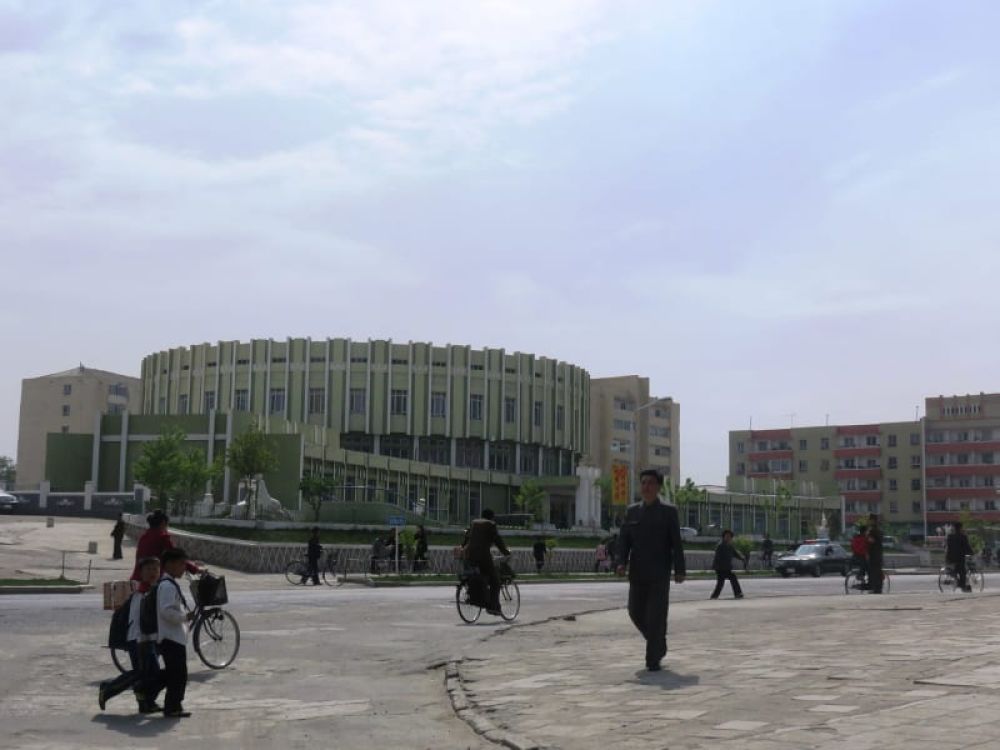

Haeju, as one of the lesser-known tourist destinations in North Korea, has seen a fluctuant history when it comes to tourism. Being the capital city of the South Hwanghae Province, Haeju possesses significant historical and cultural relevance. However, due to North Korea's restrictive travel policies and the country's political stance, tourism to Haeju has been largely controlled and managed by the North Korean government.
The Haeju Central Square itself is a testament to North Korean architecture and urban planning. Traditionally, tourism to Haeju has revolved around official state tours, with the Haeju Central Square often serving as a venue for organized events and state-sponsored gatherings, rather than an independent travel destination. These events are designed to showcase North Korea's ideology and military might, rather than catering to conventional tourism needs.
Visitors to Haeju Central Square can expect to see grand governmental buildings, monuments, and statues that reflect the nation's political narrative. One of the focal points is a notable statue of Kim Il-sung, the first Supreme Leader of North Korea. The square is also surrounded by verdant parks and is close to other attractions such as the Haeju Dharani Sutra Monument and the nearby Haeju Harbor.
Due to the nature of tourism in North Korea, all tours, including visits to Haeju Central Square, are typically prearranged and closely monitored by the government. Tourists are accompanied by official guides at all times and have limited freedom to explore independently.
While comprehensive data on tourism trends in Haeju is limited, there is an acknowledgment that North Korea has been taking steps to attract more tourists. This includes the development of new tourism zones and efforts to showcase more of the country's natural beauty and historical sites, albeit still within the restrictive travel framework established by the state.
Eco-tourism and cultural tourism are becoming more prominent as North Korea seeks to diversify from the heavy focus on political and military displays. There's a growing emphasis on showcasing traditional Korean culture and the country's scenic landscapes, which may, over time, include places like Haeju Central Square.